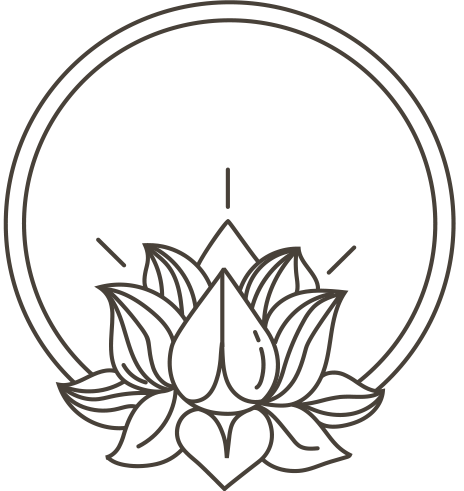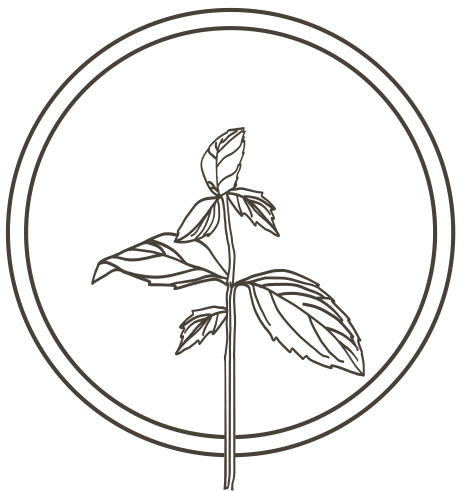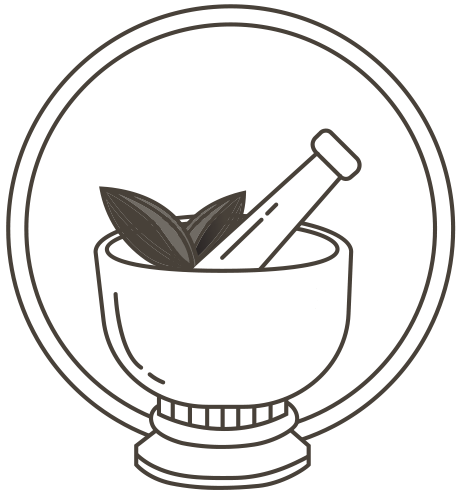
Ayurveda is an art of living, an invitation to create space in one's life to take care of oneself, an invitation to know oneself better and to reconnect with nature (and our deep nature). One of the important therapies to stimulate the cycle of regeneration, called RASAYANA in Sanskrit, is the use of vegetable oils, in massage and self-massage (abhyanga). Indeed, in traditional Ayurvedic therapies, the practice of self-massage (abhyanga) with oils is done every day, in the same way as eating, sleeping, moving and eliminating.
I believe deeply in these teachings and I share the benefits of this art of living every day. We often receive questions about practicing the self-massage ritual, many of you are curious about how to “properly” practice it. I have put together some questions that often arise about oils, but know that it is impossible to get out of balance if the choice of oil is different! Your intuition will guide you on the right choice of oil whatever your dosha and when you need it.
Why the term herbal fusions? Why infuse oils?
As we let fresh mint infuse gently when we prepare an infusion, I have developed over the years a way of extracting the active ingredients from the plants while respecting their rhythm. The oils that I have created contain a range of medicinal plants chosen for their qualities and benefits, and each of the oils in the range therefore contains a FUSION of plants, which, when placed on the skin, brings vitality and comfort. It's as if we were taking herbal tea through the SKIN.
Should I only use the oil that matches my dominant dosha?
In the Ayurvedic tradition, it is suggested to take the oil corresponding to your dominant dosha. On the other hand, our current contemporary and geographical reality allows us to adapt this wisdom not only with our native plants but also with the reality of our seasons, our temperature and our way of life in the 2000s. In America, you can use the three oils: Vata, Pitta and Kapha and choose according to the current season or the need to support:
-
SOOTH AND DE-STRESS: Vata soothing oil helps to warm and ground us, it is ideal during the cold season when the most present qualities are: cold, dry, windy. It is also a good choice when we feel tension, anxiety and stress. It is ideal for self-massage before sleeping to also help create restful sleep.
- Two star plants in this oil: holy basil and flowering oats
-
REFRESH and SOOTHE hot flashes: Pitta oil soothes and refreshes, it is ideal when menopause brings hot flashes. It is also a good choice to help the body and mind maintain balance during intense physical activities, sporting competitions and challenges or to calm our reactivity.
- Two star plants in this oil: rosebuds and cardamom
-
TONIFY & ACTIVATE Kapha: Kapha energizing oil activates and tones, it is ideal in spring, when our body needs to be more active after the dormant period of winter. She's the traffic specialist, so she's a good choice in the morning when we feel the need for a little boost to get going and start the day.
- a star plant of this oil: Juniper and rosemary
How long should self-massage last?
On average, a self-massage can take between 10 and 20 minutes. If you're short on time, at least massage your chest, hands and feet. These places are particularly calming. During the cold season, massaging the feet and putting on woolen stockings, then massaging the thorax and neck is a very popular and useful ritual!When is the best time to perform self-massage?
For an invigorating morning self-massage, the best time is when you get out of the shower in the morning. For a self-massage aimed at relaxation, in the evening, the best time is after getting out of the bath or shower or before going to bed.How much pressure should we apply?
There is no need to apply great pressure and do a deep tissue massage. The important thing is the intention that we place there. We remain attentive to our current needs and, above all, we trust our intuition.








